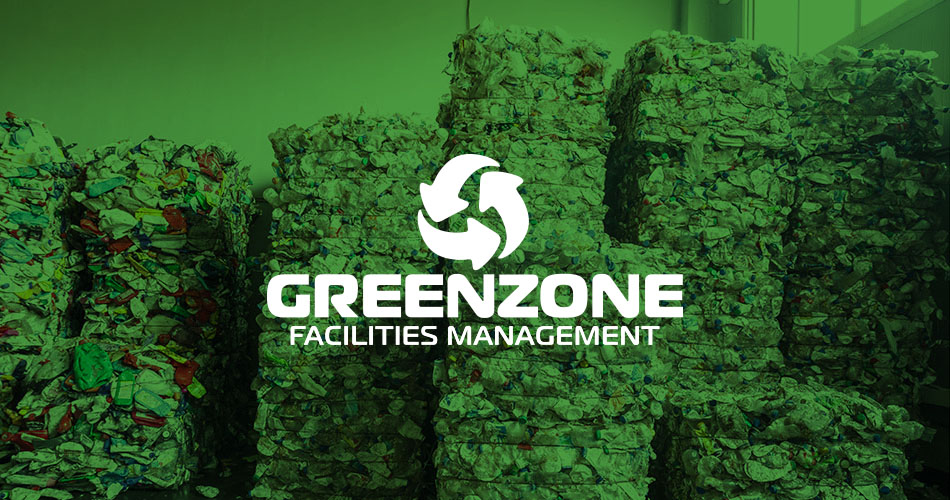According to insight from WRAP, almost half of the UK’s food waste (some 4.5 million tonnes) originates in the home, costing the average family more than £700 every year. The vast majority of this ‘waste’ is considered perfectly edible, meaning the equivalent of ten billon meals are unnecessarily thrown away annually.
With nearly a billion people going hungry in the UK every day, these statistics are somewhat hard to swallow. What’s more, with landfill sites nationwide close to bursting, and the greenhouse gases released by rotting food considered 21 times more dangerous to the environment than carbon dioxide, needlessly throwing away food seems thoroughly unsustainable behaviour.
But while the picture may seem like bleak, recent statistics demonstrate an incremental decline in household food waste figures. Indeed, new data suggest that annual rates have dropped by almost 7% over the past three years, with homeowners beginning to appreciate – and challenge – the impact of their wasteful behaviour.
A key factor behind this decline is huge investment from government, trade bodies, celebrity chefs and thought leaders into behavioural change initiatives. In parallel, the wider supply chain continues to innovate, creating new and improved solutions to reduce waste wherever possible.
One primary area of focus is food product packaging. A combination of practical ‘design for zero waste’ approaches, combined with new and unique material choices, has proven hugely influential in further reducing household waste volumes. With packaging considered instrumental in extending product shelf life, innovation is changing the way in which we use and store food.
Packaging designed to boost shelf life
Innovative packaging is an area of continued progress, with new technologies and unique approaches helping consumers to directly reduce their food waste. Whether extending shelf life, preventing spoilage, or simply improving consumer confidence in using opened packages, progress aims to overcome barriers to achieving zero waste.
Here’s some of the most influential solutions:
Intelligent packaging
Discarding perfectly edible food, due to misleading ‘best before’ dates, is surprisingly common. Intelligent packaging uses a small patch of smart plastic to show consumers how long packaging has been open. This encourages the consumer to only discard food that is unsafe to eat.
Snap-packs
With more single-person households than ever before, ‘family size’ perishable items are often unsuitable and form a key part of unnecessary waste. Snap-packs consist of single person portions, individually split and packaged into larger quantities. Consumers can open the desired volume of product, leaving the remainder enclosed in sealed packaging. A simple idea, but one that has already proven instrumental in reducing waste.
Modified atmosphere packaging (MAP)
MAP seals food together with specific concentrations of oxygen, carbon dioxide and nitrogen. This unique blend of gases – which is altered depending on the exact type of fresh food enclosed – preserves colour and taste, as well as increasing product shelf life.
Active packaging
Active packaging preserves food by adding certain chemicals to the packaging itself, which makes the environment less attractive for bacteria to grow. The addition of iron oxide, for example, reduces oxygen levels inside the packaging to increase shelf life.
Resealable packaging
Practical rather than scientific, using resealable packaging helps to further increase product shelf life once a product is opened. An air-tight seal helps to maintain freshness, prevent products from going stale and gives consumers the confidence to use food for longer.
The above examples, alongside countless more, are helping to support behavioural change programmes by providing practical solutions to reduce household waste. Thinking about consumer habits, as well as identifying key areas of waste, has helped packaging companies to directly impact household food waste figures.
Orginal Source

